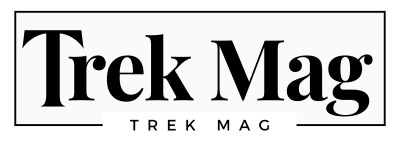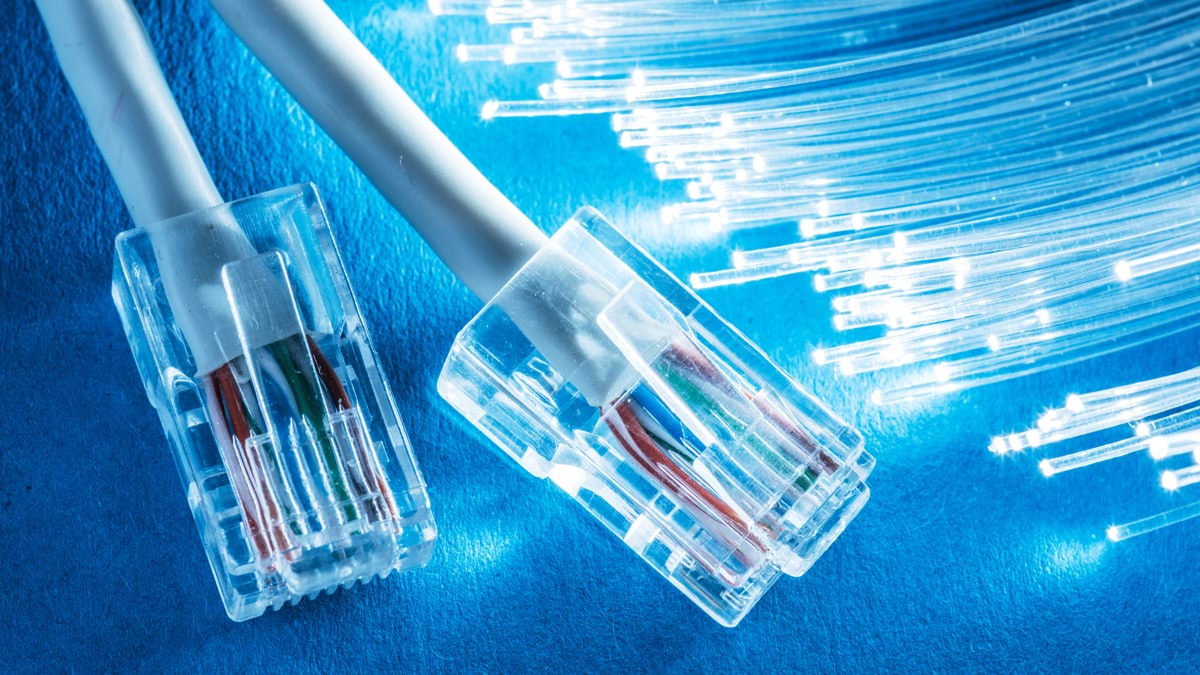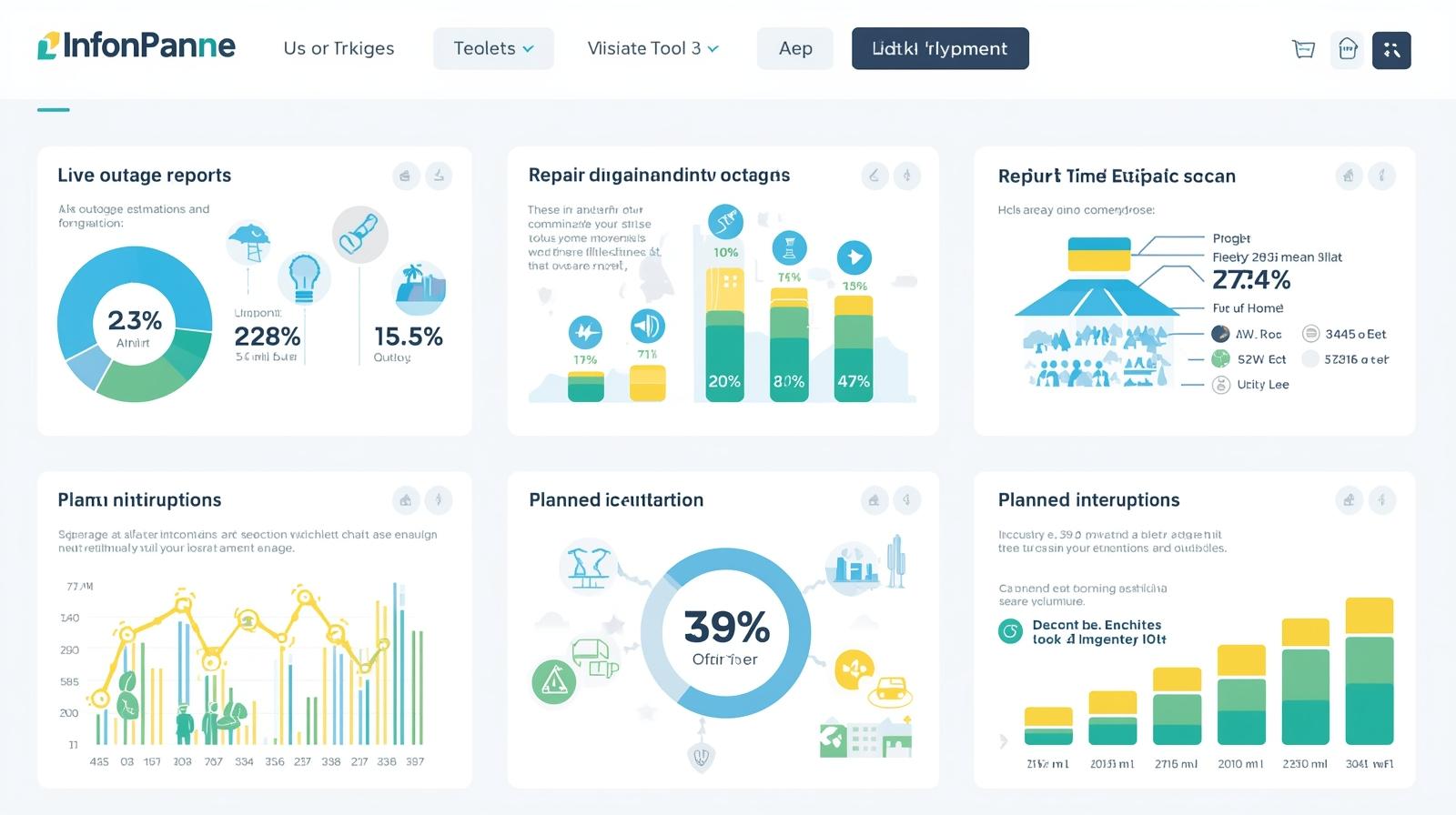Maybe you want to stream movies on your sloppy internet. Or want to be the undisputed champion of online games among your friends, but the internet doesn’t help you. Or the large files you’ve just compiled won’t go to the client. Cutting to the chase, you need fast and reliable internet.
Speaking of high-speed and dependable internet, I can only think of two internet connection types; cable, and fiber internet. Both provide quality internet and have pros and cons. However, there are some fundamental differences you, as a user, must know. Also, it’s important to know everything about a connection before choosing it, right?
So, that is what I am going to do in this article. If you’re interested in knowing how fiber and cable internet fare against each other, then read on:
Difference Between Fiber and Cable Internet
Technology
Cable Internet uses coaxial cables, powered by electricity to transmit data from one end to another. Because electrical signals are used to transmit data in a cable connection, it makes it susceptible to weather conditions like storms, torrential rains, etc.
In fiber internet, data is converted into small light packets that move at a great speed through flexible strands of glass or plastic cables.
How They’re Delivered to Our Homes
Cable: Cable internet uses the same coaxial cables that are used to deliver TV channels/stations to our homes. That is one major reason why cable internet is widely available, cheap, and often bundled with TV services.
Fiber: Fiber internet makes its way to our homes in three ways:
Fiber-to-the-homes (FTTH): Fiber internet is delivered directly to our homes. Since FTTH delivers fiber internet directly to our homes, it is the fastest fiber internet available.
Fiber-to-the-curb (FTTC): Fiber-to-the-curb refers to the medium when fiber internet is delivered to a curb or a pole near our house. From there, fiber internet is delivered via coaxial cables to its destination.
Fiber-to-the-neighborhood (FTTN): In FTTN, a fiber optic is used to connect the ISP to a node in a neighborhood. From that node, coaxial cables deliver the internet to the rest of the houses in the neighborhood. This fiber internet type is the slowest one and speeds generally drop when you move farther from the node.
Which Internet Connection Type Should You Choose?
Opting for the right internet connection is important. The ideal connection can save us money and cater to our needs, for sure.
However, making the right decision can be confusing, but the following factors will help you make an informed choice:
Availability
In terms of availability, cable internet takes precedence over fiber internet. Data suggests that cable internet has a wide availability of 82% around the country. On the flip side, fiber internet only covers 43% of the country, which mostly includes metropolitans. If you’re from a small town where fiber internet isn’t available, then cable internet should be your priority.
Speed
Internet speed is one of the determining factors for choosing a specific internet type. Fiber internet is miles ahead of cable internet in terms of speed.
| Connection Types | Upload Speeds | Download Speeds |
| Cable Internet | 10-200Mbps | 100-2000Mbps |
| Fiber Internet | 100-5000Mbps | 100-5000Mbps |
Disclaimer: The mentioned speeds depend on the area and plans provided by ISPs.
You might wonder why the upload and download speeds of a fiber internet are the same, right? It’s because it provides symmetrical speeds, a feature that is exclusive to fiber internet only.
Cable internet providers, for instance, Spectrum Internet can easily provide speeds up to 1000Mbps and should be enough for household usage, and small and medium-sized businesses.
Cost
The price of an internet service is a key factor for most people. It’s natural that people want more data at lower prices, but I’d say it’s a vain wish. Most fiber internet providers don’t have data caps, but they’re more expensive than cable internet. Usually, fiber internet plans start from $20 and go up to $900 per month.
On the flip side, cable internet is cheaper and plans usually start from $15 and reach up to $120. However, most cable internet have data caps. Also, users may face bandwidth throttling when they reach the data limit or additional charges for exceeding it.
Disclaimer: The mentioned prices are subject to change and depend on the area and plans provided by ISPs.
Installation
Setting up fiber internet is a costly process and needs professionals’ help. It’s because fiber-optic cables are quite delicate and must be handled with care. Also, this process can skyrocket the upfront cost. That being said, the investment pays off in the long run because fiber internet is a low-maintenance internet and provides high speeds.
On the other hand, the installation process of cable internet is easy, and you may set it up without needing professional assistance. If your place is wired, all you need to do is connect the router to your modem with an ethernet cable. However, the condition of existing cables matters a lot because if they’re damaged, then they might affect your internet’s speed or need to be replaced.
Reliability and Stability
Since fiber internet offers symmetrical speeds, a user can rely on it for gaming, streaming, or carrying out data-intensive tasks without worry. Plus, extreme weather conditions rarely affect fiber internet and users are less likely to face slow-downs or internet outages.
On the contrary, cable internet is prone to adverse weather like tornados, storms, etc. Besides that, cable internet has a shared connection and the internet may slow down during peak hours.
Bonus Tips
Before I conclude, here are some bonus tips that will help you make an informed decision:
- Cable internet is ideal for normal household usage such as streaming, gaming, or working from home. However, fiber internet is a preferred choice for smart homes with multiple users and devices needing high-speed connectivity at the same time.
- Cable internet is an affordable choice for small businesses. Fiber internet is a better option for large-scale businesses that use cloud services or handle big data transfers.
Summing Up
Cable internet is cheap and widely available, but fiber internet offers more speed. However, when choosing one option, understand your needs, define your budget, and figure out which internet connection type is suitable for you.








